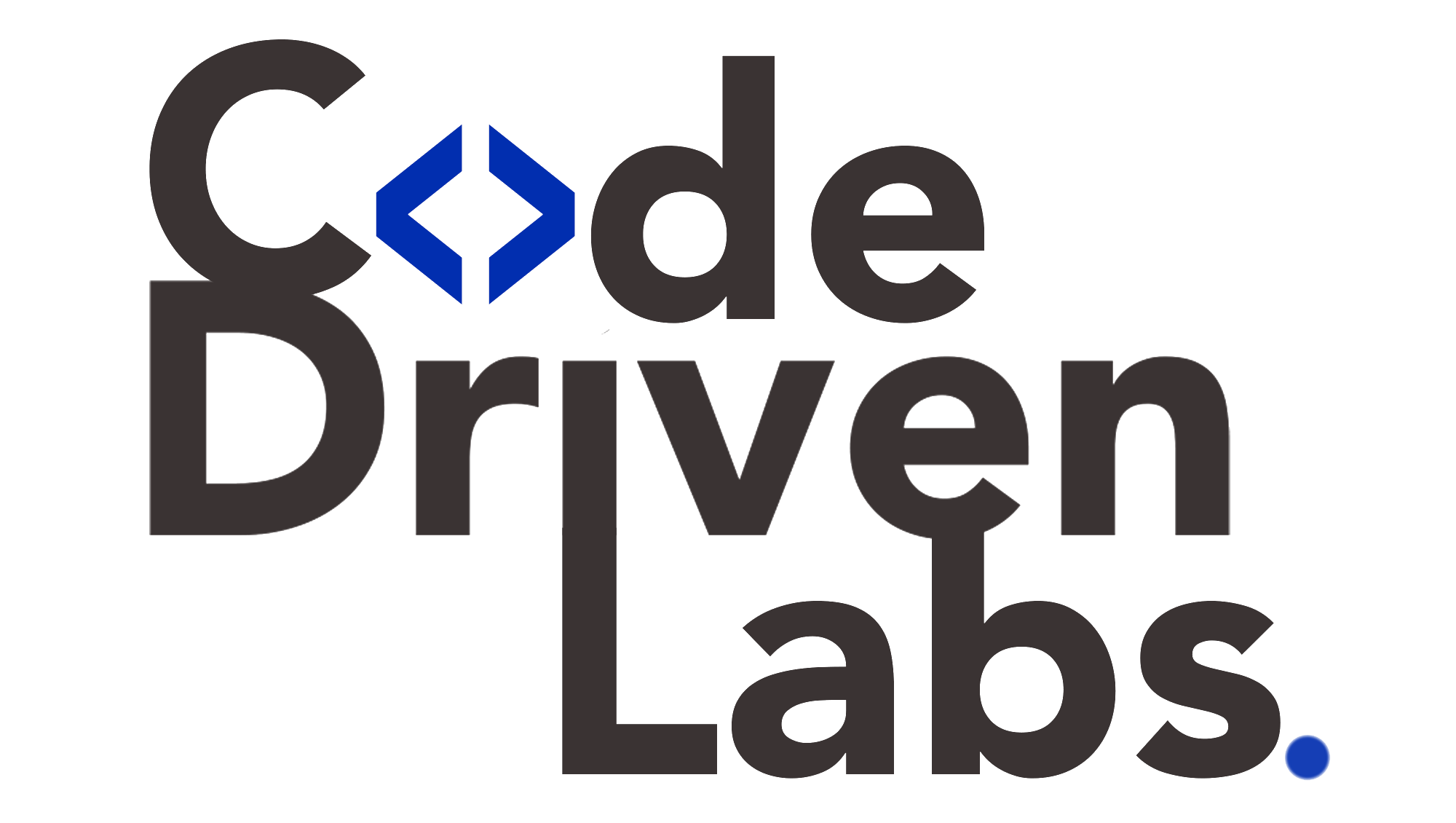Level up your business with US.
- Home
- Automated Testing in 2025: Trends, Tools, and Best Practices for Agile Teams
Automated Testing in 2025: Trends, Tools, and Best Practices for Agile Teams
July 16, 2025 - Blog
Automated Testing in 2025: Trends, Tools, and Best Practices for Agile Teams
As digital products become increasingly complex and time-to-market continues to shrink, automated testing has evolved from a luxury to a necessity. In 2025, agile teams rely heavily on automation not just to test faster, but to build confidence in continuous delivery pipelines, reduce human error, and keep pace with rapid development cycles.
From AI-powered test creation to cloud-based execution and real-time feedback loops, the landscape of automated testing has changed dramatically. This blog explores the top trends, must-know tools, and best practices that define automated testing in 2025—and how Code Driven Labs helps companies future-proof their QA strategies.

Why Automated Testing Matters More Than Ever
Agile methodologies and DevOps culture demand rapid, reliable, and repeatable testing. Manual testing, while still valuable in certain areas, simply can’t keep up with today’s software release velocity.
In 2025, automated testing:
-
Ensures consistent quality across frequent deployments
-
Detects regressions early and efficiently
-
Frees up human testers to focus on exploratory and usability testing
-
Supports test-driven development (TDD) and behavior-driven development (BDD)
-
Helps integrate security and performance testing into early stages of development
For agile teams, automation is not just about speed—it’s about building sustainable, scalable quality pipelines.
Key Trends in Automated Testing (2025)
1. AI-Powered Test Automation
Artificial Intelligence is now integral to automation. AI-driven tools use machine learning to:
-
Automatically generate test cases from user behavior or code changes
-
Predict risky code areas that need more testing
-
Maintain test scripts by adapting to UI changes
-
Analyze test results to suggest root causes of failures
Tools like Testim, Functionize, and Applitools lead this trend by offering smart automation with reduced maintenance overhead.
2. Codeless Testing Platforms
The rise of codeless platforms enables non-developers to create and manage automated tests using drag-and-drop interfaces or natural language instructions. This improves collaboration across teams and reduces the learning curve.
Popular platforms:
-
Katalon Studio
-
TestCraft
-
Ranorex
They empower QA analysts, product owners, and even designers to contribute to test coverage.
3. Testing Embedded into CI/CD Pipelines
In 2025, agile teams treat testing as a continuous process. Automated tests are deeply embedded into Continuous Integration/Continuous Deployment (CI/CD) workflows.
With tools like Jenkins, GitHub Actions, and GitLab CI, teams can:
-
Trigger tests on every code commit
-
Run tests in parallel across environments
-
Get immediate feedback on code quality and performance
This leads to faster feedback loops and fewer last-minute surprises.
4. Cloud-Based and Cross-Platform Testing
Modern applications must work seamlessly across devices, operating systems, and browsers. Cloud-based testing platforms like BrowserStack, Sauce Labs, and LambdaTest enable:
-
Cross-browser and real device testing
-
Parallel execution in the cloud
-
Geolocation testing and network simulation
Cloud testing brings scalability and global accessibility to agile teams.
5. Unified Testing for Web, Mobile, and APIs
Instead of isolated scripts, teams now adopt unified frameworks that handle UI, API, and performance testing together.
Popular frameworks in 2025:
-
Playwright – for cross-browser UI automation
-
Cypress – fast end-to-end testing for web apps
-
RestAssured / Postman – for API testing
-
JMeter / k6 – for load and performance testing
Unified testing enables comprehensive validation and simplifies maintenance.
Best Practices for Automated Testing in Agile Teams
1. Adopt the Right Test Pyramid
Follow the test automation pyramid:
-
Base layer: Unit tests (fast, cover most logic)
-
Middle layer: API and integration tests
-
Top layer: UI tests (slower, test user flows)
This ensures faster builds and reduced flakiness.
2. Prioritize Test Data Management
Use stable, reusable, and realistic test data. Automate test data setup and teardown to ensure tests are reliable and independent.
3. Focus on Maintainability
Keep tests modular, well-named, and aligned with business logic. Avoid hardcoded values and repetitive assertions.
4. Shift Testing Left and Right
-
Shift-left: Run unit and integration tests during development
-
Shift-right: Conduct performance, chaos, and usability testing in staging or production environments
A holistic testing approach ensures better quality and user satisfaction.
5. Involve the Whole Team
Testing is a shared responsibility. Developers, QA, DevOps, and product owners should all contribute to automation strategies and decisions.
How Code Driven Labs Helps Agile Teams Succeed with Test Automation
At Code Driven Labs, test automation is not just a technical initiative—it’s a business enabler. They help agile teams build high-performing, intelligent QA systems that align with product goals and delivery timelines.
Here’s how they support your testing transformation:
1. Test Strategy and Framework Design
Code Driven Labs starts with a deep assessment of your application, release cycle, and QA goals. They design:
-
A tailored test automation strategy
-
Optimal framework selection (e.g., Cypress, Playwright, Selenium)
-
Test pyramid implementation and coverage mapping
This ensures scalable and efficient automation from day one.
2. CI/CD Integration and Automation Pipelines
They set up automation pipelines using:
-
Jenkins, GitHub Actions, or GitLab CI
-
Docker and Kubernetes for test environment orchestration
-
Slack or email notifications for test outcomes
You get a seamless, fast feedback loop for every code change.
3. AI-Enhanced Testing Workflows
Code Driven Labs integrates AI-powered tools to:
-
Auto-generate tests from user sessions or code commits
-
Adapt UI tests to frontend changes automatically
-
Analyze flakey tests and recommend improvements
This reduces test maintenance and increases ROI.
4. Training and QA Enablement
They offer hands-on coaching for:
-
Developers learning test-driven development (TDD)
-
QA teams moving to codeless tools
-
Product teams writing BDD scenarios
This promotes cross-functional collaboration and skill growth.
5. Ongoing Support and Optimization
Code Driven Labs monitors your test suite for:
-
Coverage gaps
-
Execution time bottlenecks
-
Flaky test detection and refactoring
They help you keep your automation suite clean, lean, and high-performing.

Final Thoughts
In 2025, automated testing isn’t just a QA trend—it’s the backbone of reliable, agile software delivery. With AI, cloud infrastructure, and integrated pipelines, testing has become smarter, faster, and more collaborative than ever.
Agile teams that embrace these changes gain a clear edge in quality, speed, and customer trust. And with a trusted partner like Code Driven Labs, they can build automation systems that evolve with their products and scale with their ambitions.
